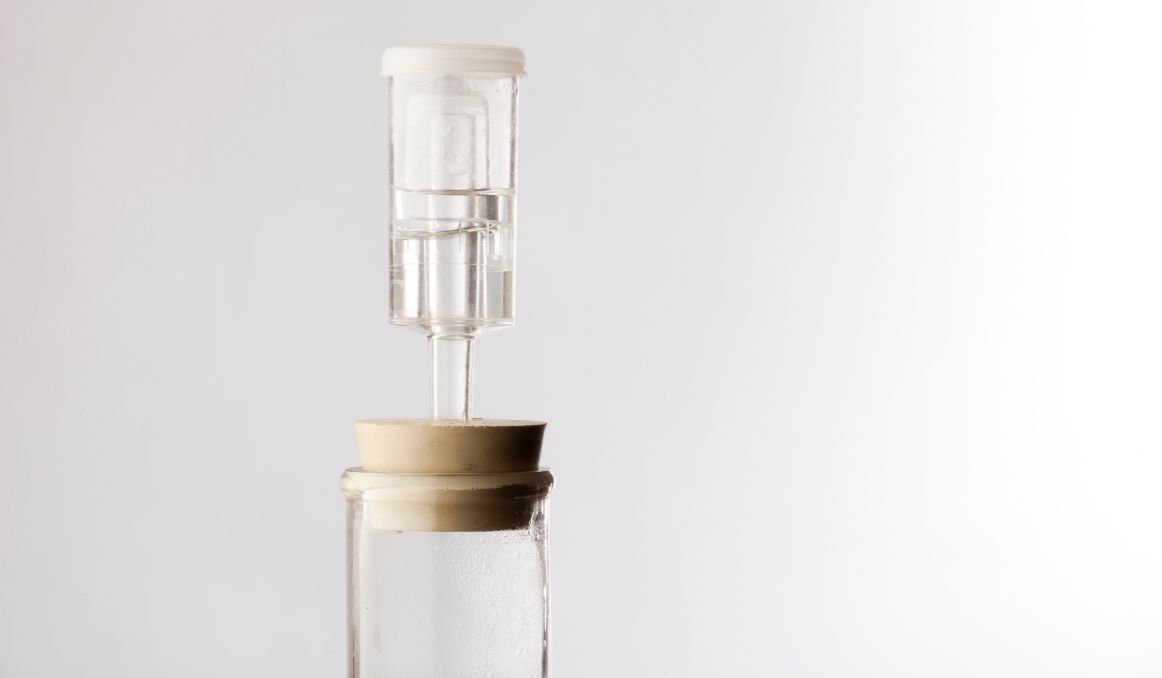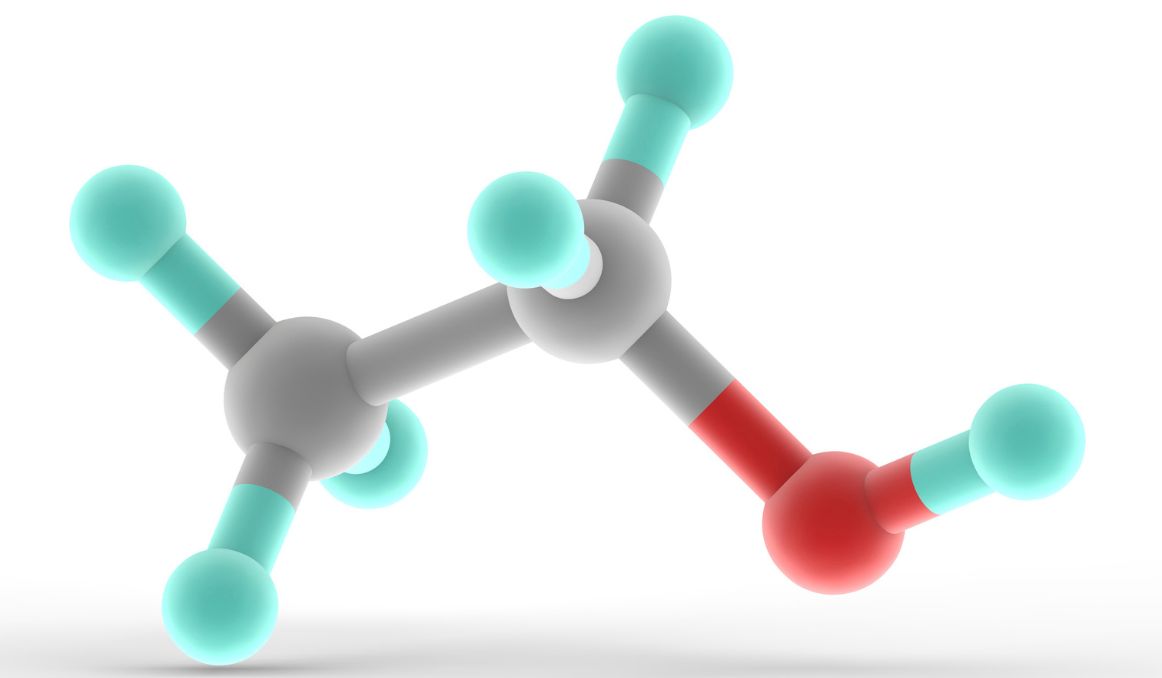What Is the Purpose of Alcoholic Fermentation?
When asking “what is the purpose of alcoholic fermentation?” it is essential to first understand what alcoholic fermentation even is. What is happening? What is required? And what is the end result. From there, we can not only understand the purpose but also understand how that purpose relates to us – we humans so intimately involved with the production of alcohol and closely connected in all of our various ways to alcoholic fermentation.

Yeast
The first and most important thing to know about alcoholic fermentation is that it is impossible without yeast.
Yeast is a eukaryotic living organism that is a member of the fungus family.
Fungus
Fungi are the oldest living organisms on earth, and they are closely interconnected with humans, our biology, and our anatomy.
Fungus produces mushrooms that do everything from heal our brains to decrease the risk of cancer growth; they lower our cholesterol and provide a source of vitamin D, and they stimulate a healthy gut and support a healthy immune system.
Psilocybin, a medicinal mushroom, has been shown to have a huge impact on mental health, including improving PTSD, trauma therapy, and treating anxiety and depression.
Fungus takes up 2 percent of earth’s biomass, only third in line after plants and bacteria, and humans share up to 50% of our DNA with fungi.
We are closely connected, for sure.
So, it is no wonder that one of the functions of one type of fungus is to ferment
Yeast, thought to be several hundred thousand years old, at least, is naturally attracted to sugar. Once it consumes discovered sugar, it converts that sugar to alcohol and carbon dioxide, giving us beer, wine, liquor, and even bread.
Alcoholic Fermentation: The Purpose
To be clear, the main purpose of fermentation is to create ATP, which is the source of energy for cellular use. Alcohol and carbon dioxide are actually waste products.
So yeast as a living organism is not trying to create alcohol for us. The goal of yeast is to create energy. Sugar provides the food yeast needs to create ATP, which is its energy source. The more sugar it gets, the more it can thrive and reproduce, which it typically does asexually, creating more daughter cells that can go on to do the same thing.
However, there is a strong argument here for human’s coexistence with plant and organism life.
Think about it: alcohol has saved likely millions if not hundreds of millions of lives.
Native people figured out how to distill grain down to liquor and use it for medicinal purposes – everything from cleaning wounds to cleaning surfaces and preparing clean spaces for medical procedures.
Ancient civilizations also quickly discovered that the alcoholic byproduct of grain or oatmeal – beer – was a much safer drink than water alone, and the beverage was quickly served with every meal, providing nutrients to undernourished children and offering hydration to families in need of it.
The polyphenols in wine aid a healthy heart.
The ethanol produced from corn is an environmentally friendly fuel source for our transportation systems.
Alcoholic fermentation has also given us leavened bread, which contains the yeast that is good for our digestive systems and our immune systems.
And on and on.
Alcoholic fermentation, at its most basic scientific level, may appear to have only one purpose: to produce energy for yeast to create more yeast and continue surviving.
But in the larger picture of coexistence between humans and our planet, alcoholic fermentation is rife with ways that yeast works to create a healthy, productive biology and anatomy in the human body.
Alcoholic Fermentation: The Products

If you’ve been wondering “what are the products of alcohol fermentation?” they are many.
Beer and wine are the most obvious.
Wine is the result of crushed grapes rich with sugars that provide a food source for yeast.
Beer is basically a grain tea; the grain – oats, barley, corn, wheat, and more – must be roasted to convert the starches to sugars, and then that roasted grain is boiled in water and steeped. Yeast now has a rich sugar source.
Liquor is simply a distilled beer or wine, the alcohol concentrated vaporized, and returned to a liquid for a higher ABV.
Bread is a product of grain toasted and ground to a fine powder and mixed with water – the starches and sugars attract yeast, which then ferments from within. The carbon dioxide then creates the bubbles in bread that make it rise and produce the familiar holes we see in most breads.
Cider is another type of beer or wine, using fruits like apples, pears, and even peaches, all of which can either be juiced or boiled and then left for yeast to ferment.
And of course, we have ethanol, a biofuel that is created by the fermentation of corn, an easy to grow staple crop that reduces carbon emissions by essentially taking in almost as much carbon dioxide as it will produce in its fuel form.
In the end, the purpose of alcoholic fermentation can be thought of in two ways, either at its most fundamental scientific level or at its more metaphysical, interconnected level.
Fortunately, either way, we humans benefit tremendously from alcoholic fermentation, and those of us in the many industries related to fermentation benefit as well.
Cheers!
Passionate about the beer and/or wine making process? So are we! If you’re interested in finding out how you can use our technology to control fermentation and monitor your yeast, save work hours and improve the cost-efficiency of your business, drop us a line at [email protected] or check out our product pages:
- Oculyze BB 2.0 (Better Brewing) Yeast Cell Counter App + Hardware
- Oculyze FW (Fermentation Wine) Yeast Cell Counter App + Hardware
Also, you can now get access to a fully functional demo account to test your yeast via our Web App. Completely free of charge and with no commitment to purchase.
Sources:


